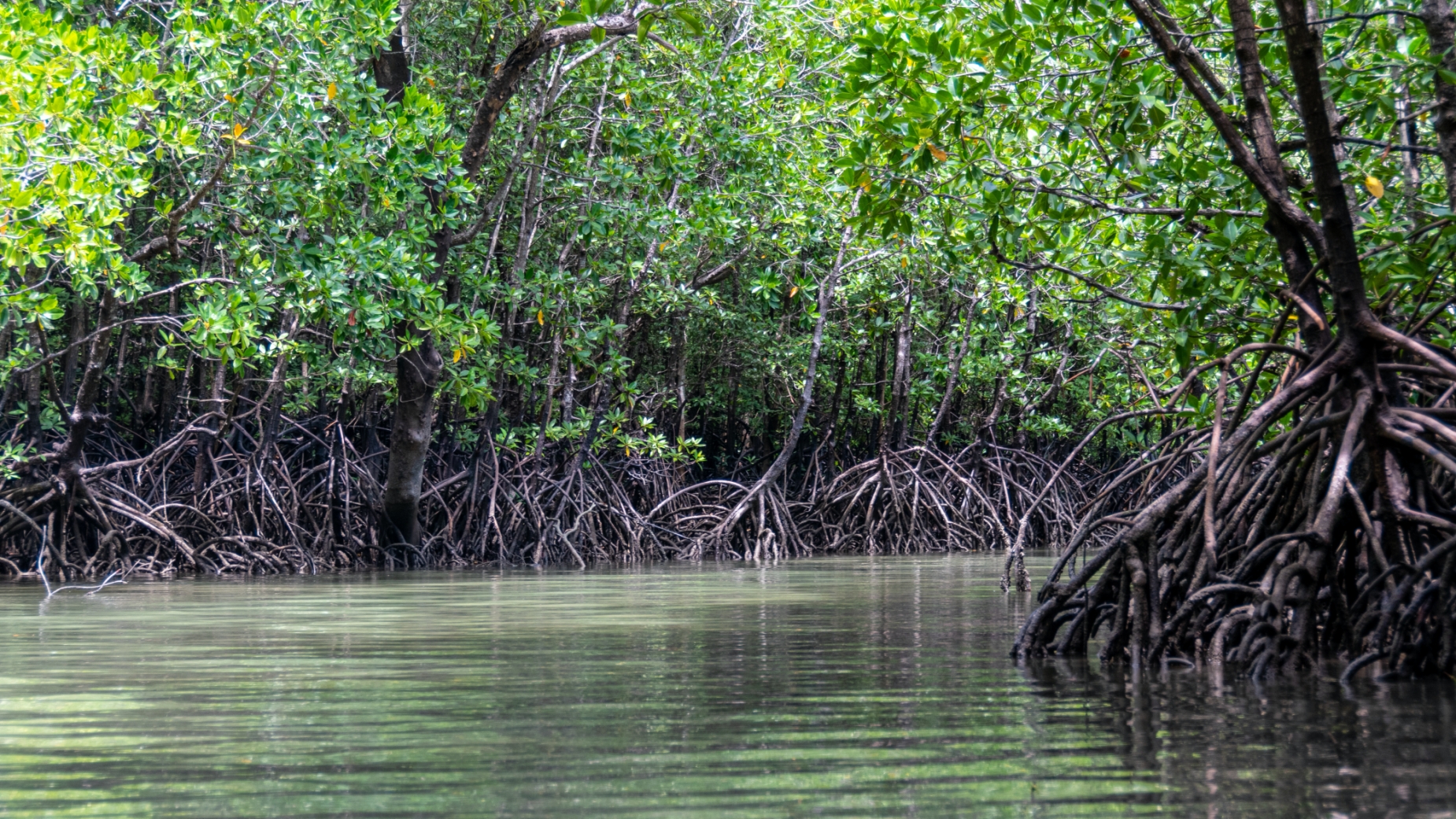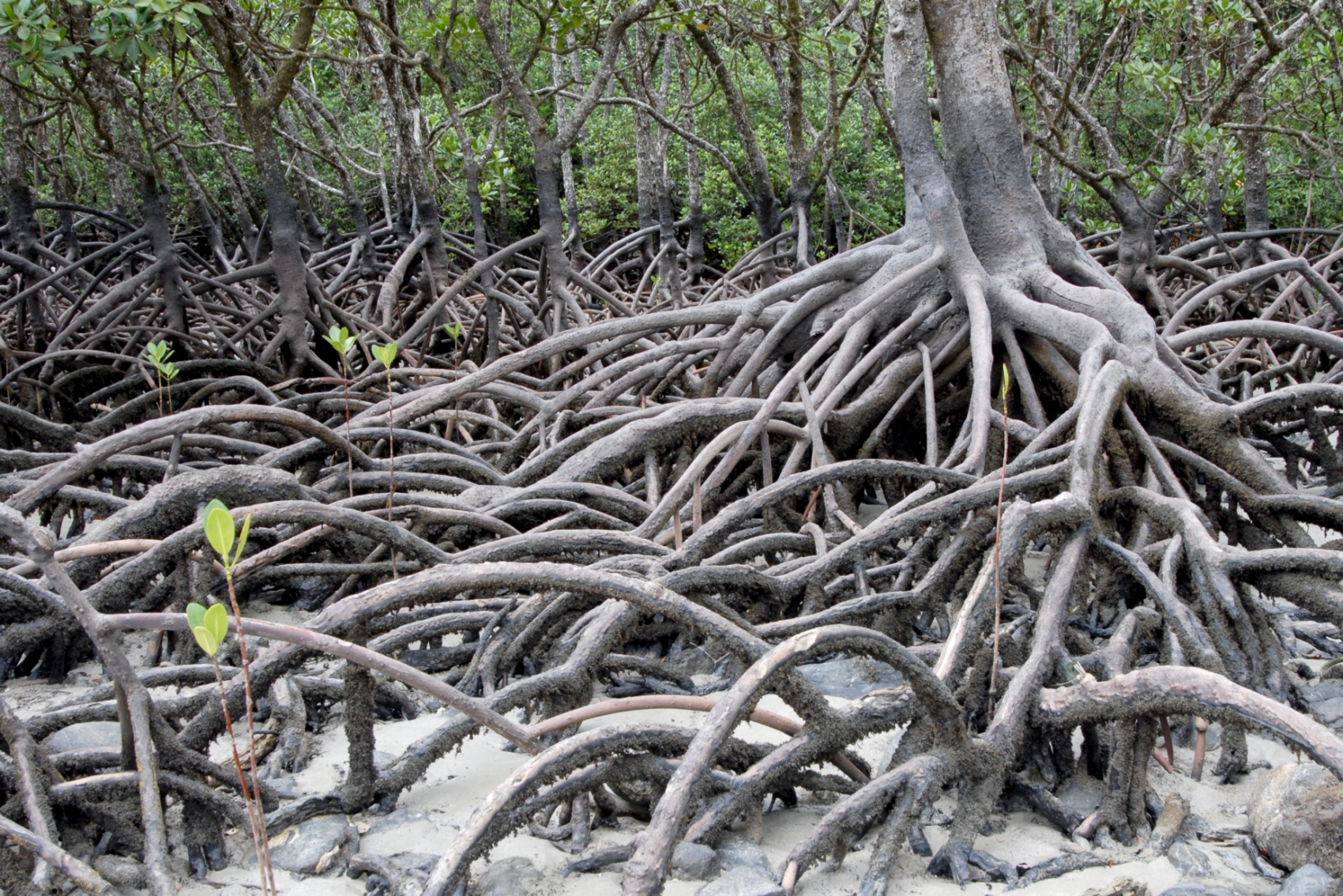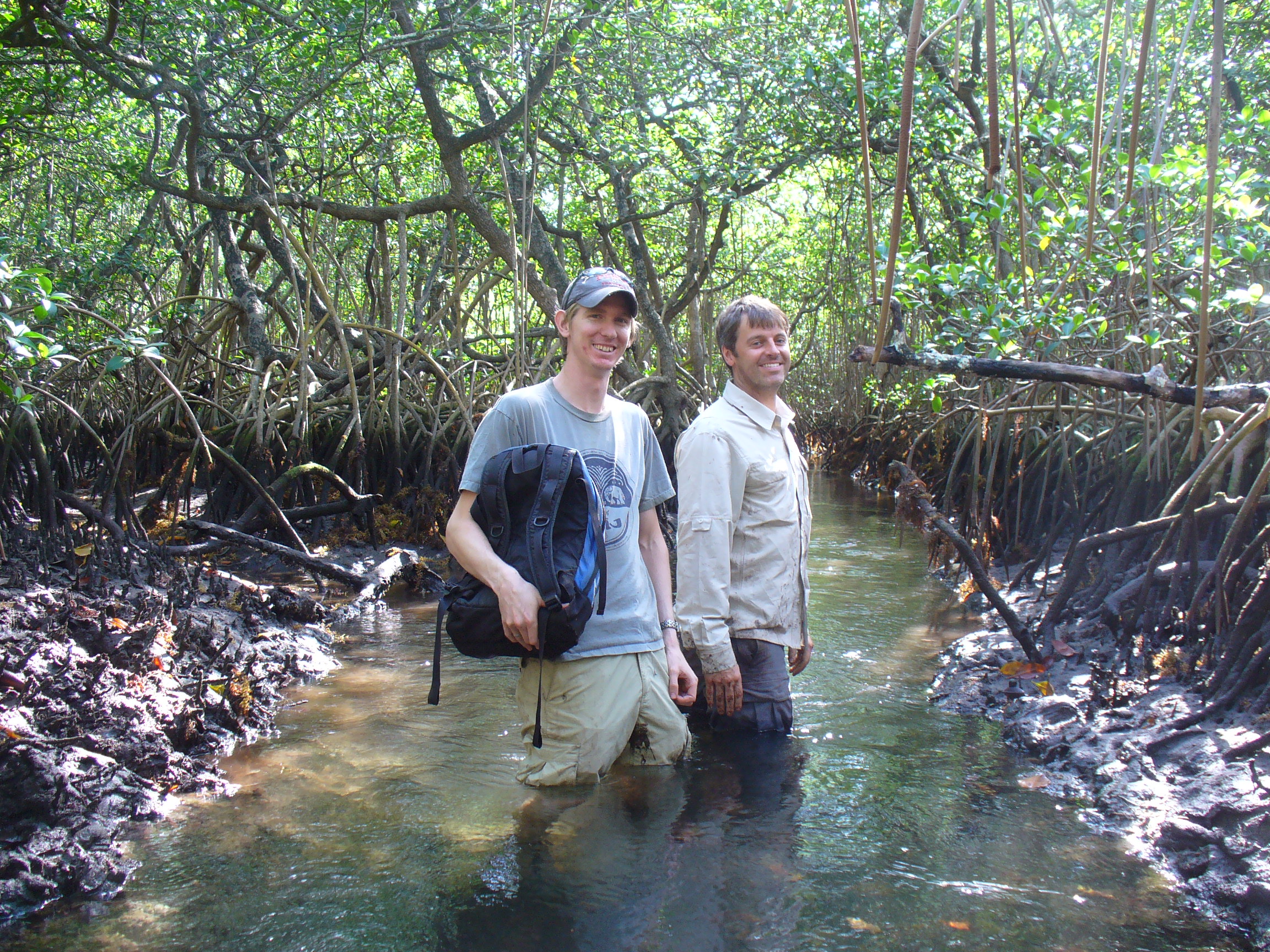
Rising from the muddy depths of Singapore’s tropical swamps, the distinctive roots of the mangrove trees lie draped in a descending curve – with some parts of the roots buried in the wet soil, and other parts exposed to the humid air.
Because home along the coast is consistently flooded with sea water brought in by the tides, mangrove trees need to have a part of their roots above water to help them breathe in a waterlogged environment that is often low in oxygen. It is this distinct vertical accretion in their growth that makes mangrove trees incredibly important in our fight against climate change.

The mangrove ecosystem is an intriguing, intricate one that allows its trees to adapt to high temperature and salinity levels. As a dense forest, the tangled mangrove roots are instrumental in protecting our shorelines from erosion by strong winds, powerful waves, destructive storms and flooding. They effectively maintain our water’s quality and clarity by filtering out harmful sediments and other pollutants. And their enormous capacity for absorbing and retaining carbon dioxide and other greenhouse gases (carbon sequestration) is most critical in today’s climate crisis.

An international team of scientists from NTU’s Earth Observatory of Singapore (EOS), Macquarie University, University of Hong Kong, Rutgers University, and University of Wollongong conducted a study that looked at the survival of mangroves against rising sea levels if global carbon emissions are not reduced.
Their findings, published on 5 June 2020 in Science, reveal that the world would lose almost all of its mangroves by 2050 if the current carbon emissions trajectory is not lowered.
“The key take-away from this study is that the future of the world’s mangroves is in our hands,” said Professor Benjamin Horton, Chair of the Asian School of the Environment and a Principal Investigator at EOS, who is a co-author of this paper.
“We have demonstrated that mangroves can largely survive the rates of sea-level rise projected under the low emissions scenarios that we expect to occur if greenhouse gas emissions are controlled, under the Paris agreement, for example,” he said. “However, under the mid- and high-range emissions scenarios, we expect the rate of sea-level to rise above the thresholds we identified before the end of the century.”

Because mangroves do affect how a country develops its land, a nation as small as Singapore cannot afford to ignore the potential disappearance of its mangroves and the consequences.
“City planners and resource managers at local, national, and regional levels need to plan and implement adaptation measures to protect their economic, social, and environmental security,” said Prof Horton. “Mangrove ecosystem restoration plans should also be an integral part of any master plan for the use of land and underground space in Singapore. Not doing so would be disastrous for the country and the region.”
For more, the published paper can be read here.